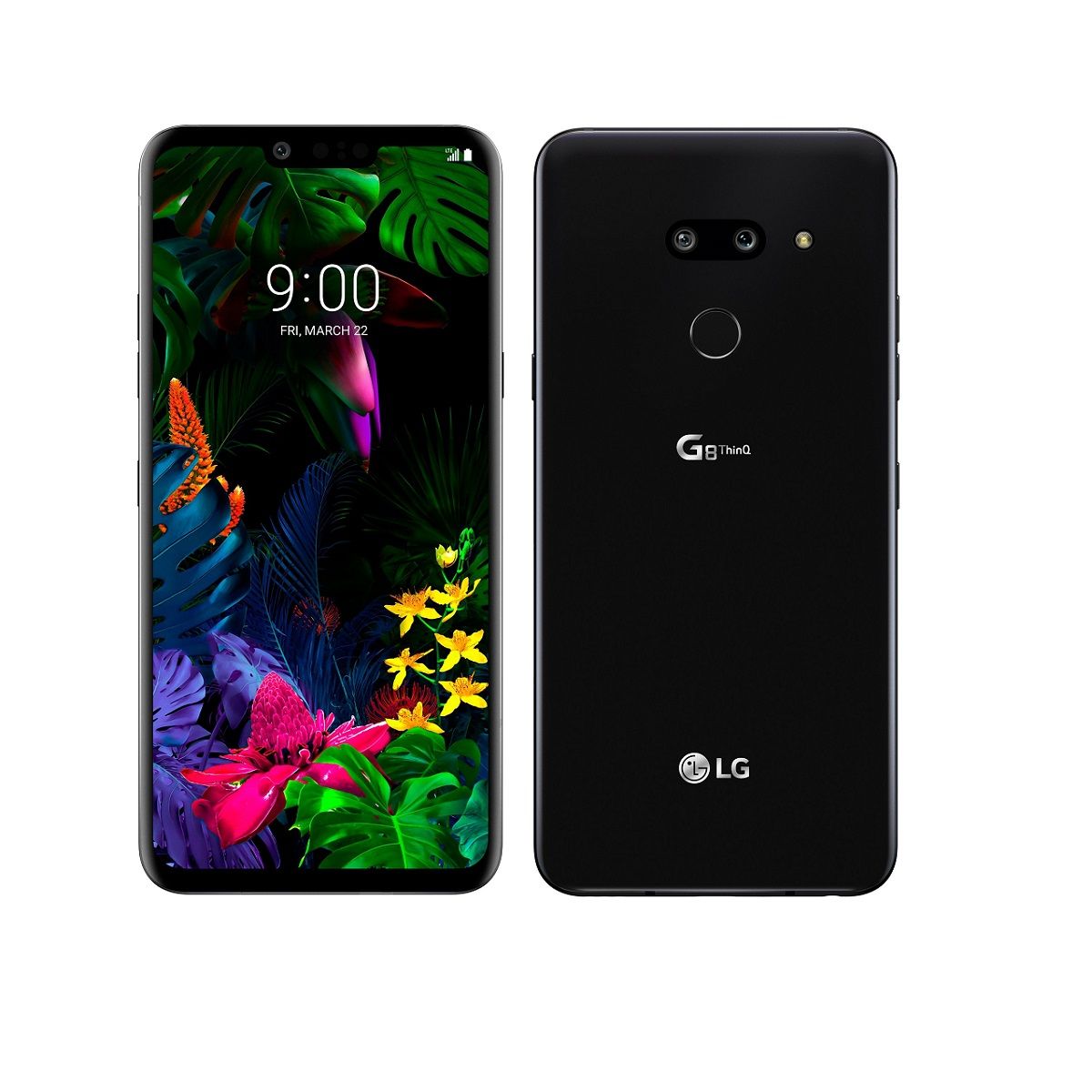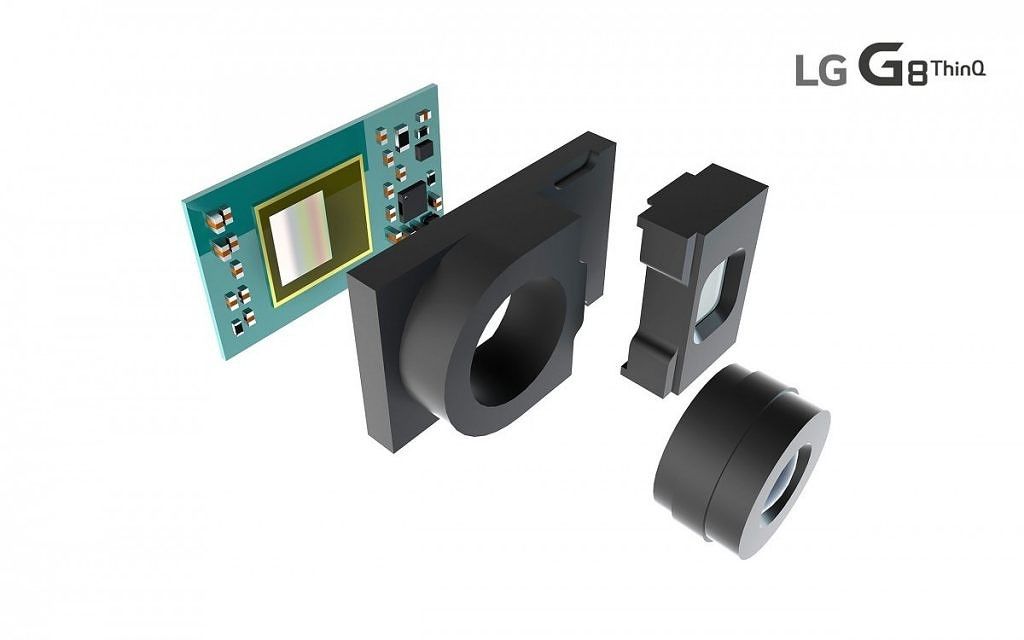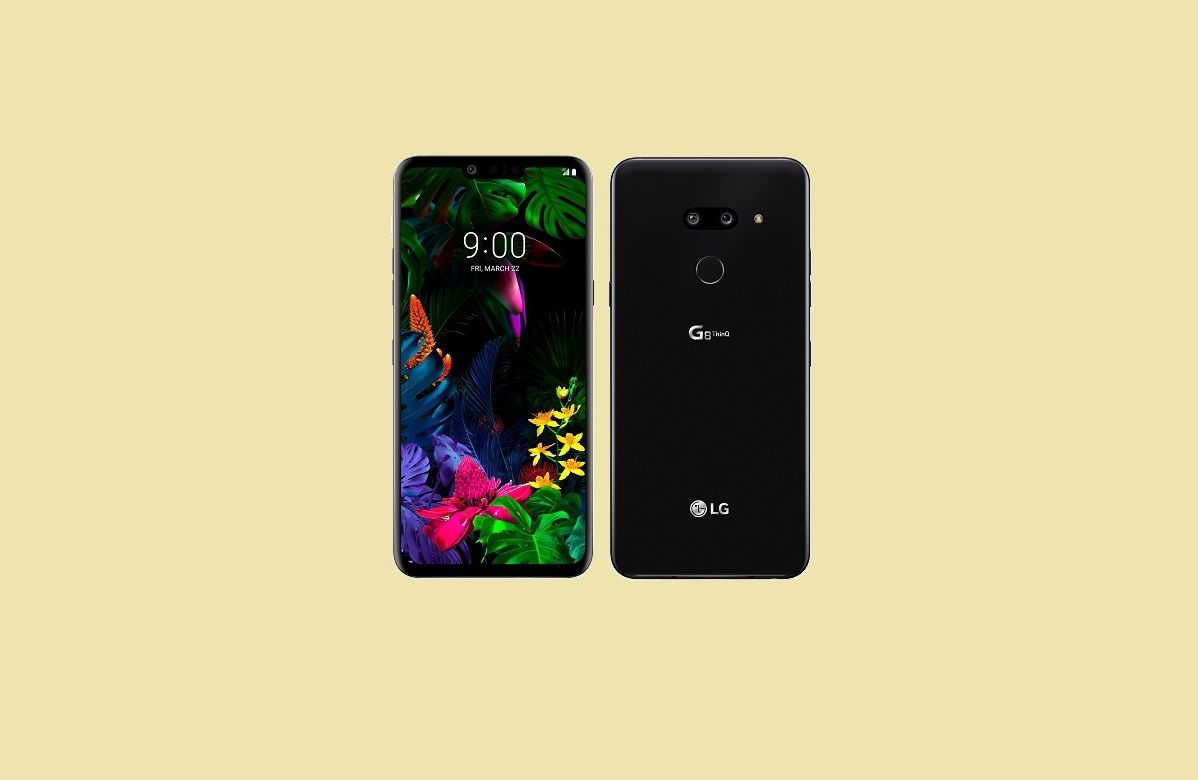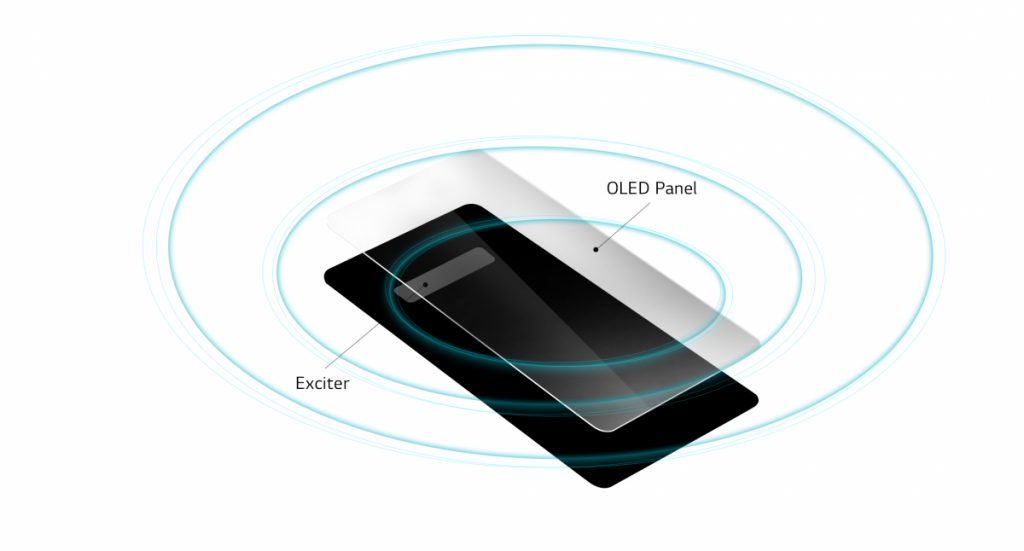Although LG's position in the market is far below that of the other Korean giant, Samsung, the company still churns out new smartphones each year that, to be honest, are perfectly respectable devices were it not for their pricing. When we first saw renders of the LG G8, we were surprised by how adamantly an LG representative denied their accuracy, despite overwhelming evidence to the contrary. After seeing what LG announced today at MWC, we're starting to get a better idea about why LG denied the rumors: They didn't tell the whole story. Enter the LG G8 ThinQ, which, depending on your outlook on biometric authentication, gestures, and audio, is either an incredibly innovative device or nothing but a gimmick.
Biometric Authentication
LG is offering not one, not two, but three different ways to biometrically verify your identity on the G8 ThinQ. There's the trusty rear-mounted fingerprint scanner that we all know and love, rather than the comparatively slower in-display fingerprint scanner. Then there's 3D facial recognition, which Apple, Huawei, and Xiaomi have already proven the merits of in the iPhone X, Huawei Mate 20 Pro, and Xiaomi Mi 8 Explorer Edition respectively. The LG G8, though, uses Time-of-Flight to measure the time it takes to reflect infrared light off a subject to calculate depth. And here's the crazy one: vein pattern recognition. The LG G8 ThinQ can recognize the veins in your hands by analyzing the infrared absorption characteristics of the hemoglobin in your blood.
LG has included what they're calling a "Z Camera" in the large notch area up top. We applaud LG for not coming up with a ridiculous name for this sensor array since "Z" simply stands for "Z-axis." Anyway, the Z Camera is comprised of an 8MP camera, an IR sensor for receiving, and a Vertical-Cavity Surface-Emitting Laser for transmitting infrared lasers. Each of the sensors in the LG G8 ThinQ's Z Camera serves to augment biometric security, but the Z Camera isn't only used for biometrics—it's also used for gestures.
 Time-of-Flight sensor by Infineon Tech on the LG G8 ThinQ
Time-of-Flight sensor by Infineon Tech on the LG G8 ThinQ
Air Motion Gestures
When LG sent out press invites for their MWC launch event, they included a short teaser promising that we would say "goodbye to touch." With Air Motion, the company is using the Z Camera to recognize the shape and movement of your hand for touchless gesture control. Though you won't be using gestures to fully navigate your device, you can use gestures for shortcuts, making phone calls, dismissing alarms/timers, controlling music/video playback, changing the volume, or taking screenshots.
Crystal Sound OLED
If there's one thing that most reviewers can agree on, it's the fact that LG really takes smartphone audio seriously. Even a non-audiophile such as myself can acknowledge the company's prowess in audio quality, although I still cringe at LG's naming schemes. The LG G8 ThinQ should continue LG's tradition of exceptional audio quality with LG's signature Hi-Fi Quad DAC, DTS:X 3D Boombox to emulate a 7.1-channel system, Master Quality Authenticated for high-quality audio streaming, and the long-rumored sound-emitting OLED display.
LG is calling the sound-emitting OLED display the Crystal Sound OLED (CSO). According to the company, the OLED display is used as a diaphragm which vibrates to amplify sounds at loud volumes. Thanks to CSO, LG says that audio clarity has improved, allowing voices and musical notes to be more discernible. The hole-less receiver makes it possible to take phone calls even when the phone is wet. LG also says the CSO makes full-bodied stereo performance possible with the bottom-firing speaker and the top part of the display.
Oh, and LG also kept the 3.5mm headphone jack in the G8. That would be more significant if Samsung had removed the headphone jack in the Galaxy S10, but a lot of smartphone brands have done away with them so we're happy to see its inclusion in the G8.
Camera Features
We've talked enough about the "gimmicky" features, so where else has the LG G8 improved in? LG promises better selfies thanks to layer recognition with the Z Camera, for starters. There's also a new Night View in the camera app which captures 10 photos for better low-light recognition. Night View sounds like another take on handheld long-exposure like we've seen from Huawei and Google, but we'll have to see whether it can stand up to the best. A feature demoed in the Qualcomm Snapdragon 855 reference devices—real-time video bokeh—will be included on the LG G8 ThinQ. This feature lets you create bokeh in real-time with a slider to adjust the level.
Unlike the LG V40 ThinQ, LG is sticking with dual rear cameras on the LG G8 ThinQ. You have a standard 12MP f/1.5 camera with OIS and LG's signature wide-angle lens with the 16MP f/1.9 camera. The LG G8, like the LG G7, can record videos at 4K resolution at 60FPS, a feature which is actually pretty rare in smartphones.
LG G8 ThinQ Specifications
Since this is a 2019 flagship, the LG G8 ThinQ packs the latest Qualcomm Snapdragon 855 mobile platform. The G8 is paired with 6GB of LPDDR4 RAM and 128GB of storage, which might seem inadequate in light of the various Samsung Galaxy S10 SKUs, but should be more than enough RAM and storage for most users. In case you need more storage space, the LG G8 has a microSD card slot. One thing you can't change is the 3,500mAh battery, but we can't speak for the G8's battery life without having reviewed the device. Fortunately, the device supports Qualcomm Quick Charge 3.0, which isn't quite as fast as what Huawei or OnePlus offer but is faster than Samsung's Adaptive Fast Charging. The LG G8 does support fast wireless charging like many of its contemporaries, but LG didn't share exactly how fast the G8 can wirelessly charge.
The LG G8 ThinQ has a 6.1-inch QHD+ OLED panel manufactured by LG Display. It supports HDR10 and is protected by a layer of Gorilla Glass 5 on front. LG has made significant strides in improving the quality of their OLED panels, so we look forward to seeing how the LG G8 ThinQ's OLED panel fares.
The LG G8 ThinQ runs on LG UX based on Android 9 Pie. The only LG smartphone with Android Pie is the LG G7 ThinQ, and it only got the update in Korea. Unfortunately, that means we can't tell you very much about software experience in the latest LG UX until we spend more time with the G8. We do know that the device has a Google Assistant button, so expect to see a lot of integrated voice commands.
|
Category |
Specification |
|---|---|
|
Display |
6.1-inch QHD+ (3120x1440) OLED, 564ppi, HDR10, Gorilla Glass 5 on front, Gorilla Glass 6 on back |
|
SoC |
Qualcomm Snapdragon 855 |
|
Dimensions & weight |
151.9 x 71.8 x 8.4 mm, 167g |
|
Front Cameras (Z Camera) |
8MP f/1.7, 1.22μm, 80° field-of-view, autofocusIR Sensor (receiver)IR VCSEL (transmitter) |
|
Rear Cameras |
Standard: 12MP f/1.5, 1.4μm, 79° field-of-view, dual PDAF, OISWide: 16MP f/1.9, 1.0μm, 107° field-of-view, FF, 4K video recording at 60FPS |
|
Memory |
6GB LPDDR4 RAM |
|
Storage |
128GB storage, expandable with up to 2TB microSD |
|
Battery |
3,500mAh |
|
Charging |
Qualcomm Quick Charge 3.0, Fast Wireless Charging |
|
Audio |
Hi-Fi Quad DAC, DTS:X 3D Boombox + Crystal Sound OLED Stereo, MQA |
|
Ports and Buttons |
USB Type-C, 3.5mm headphone jack, Google Assistant button |
|
Biometrics |
Hand ID, 3D Face Unlock, Rear-mounted fingerprint scanner |
|
Software |
Android 9 Pie-based LG UX |
The LG G8 ThinQ will be available in Black Silver, Black, and Red. Verizon has announced that they will carry the smartphone in the U.S., but exact pricing and availability dates have yet to be announced.
I'll admit, I was skeptical of LG coming into MWC. While companies like Huawei, OPPO, and Xiaomi continue to amaze, LG hasn't been able to wow us with anything really unique. Even Samsung returned to form this year with major changes to the Galaxy S lineup, but LG has been seen as the "good enough" brand by smartphone enthusiasts for a few years now, so we had low expectations. That's really a shame, though, because I don't really buy into the gimmicks that smartphone brands include on their devices. I recognize, though, that these features are what make devices stand out from the crowd, which is really important for marketing. Whether LG can capitalize on the G8 ThinQ's strengths and revitalize their smartphone brand is something I look forward to watching.


